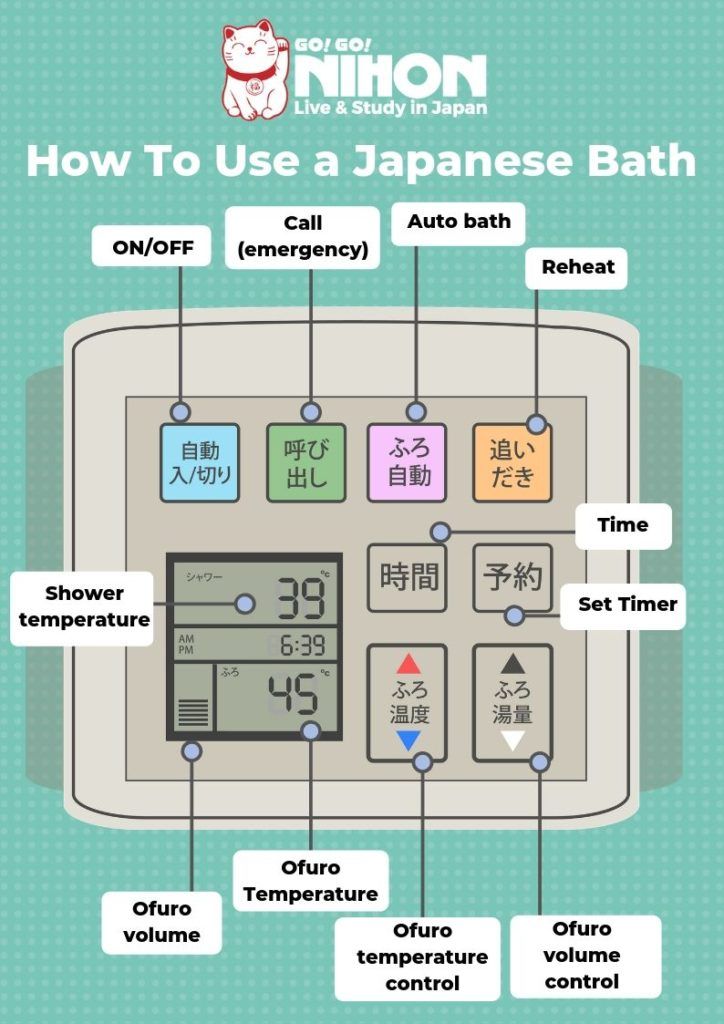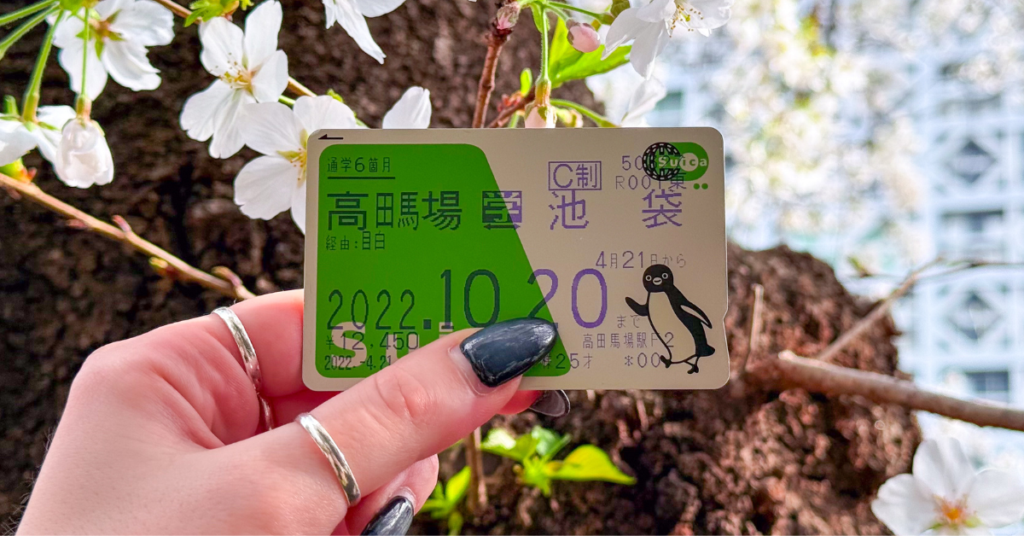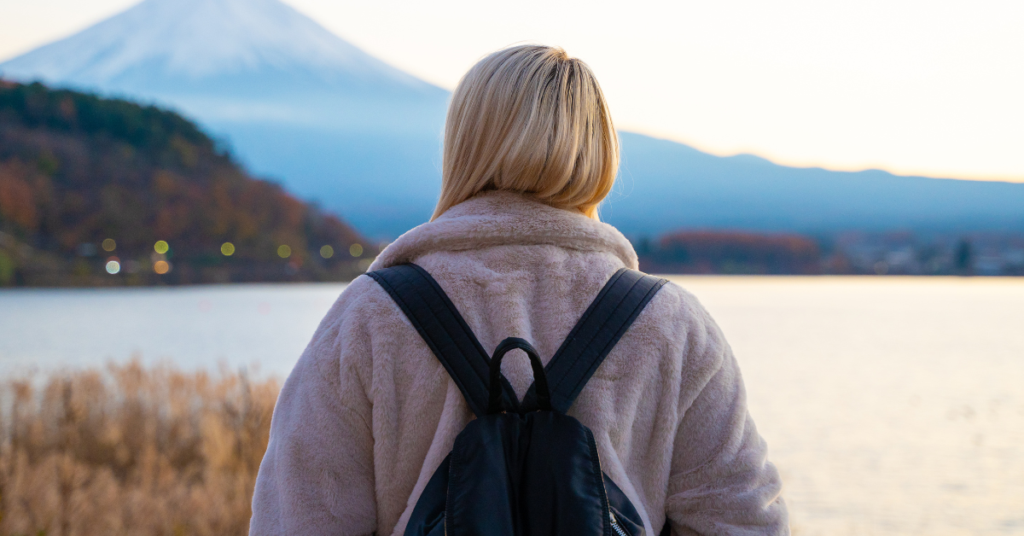It’s been a long day and you just want to get in the bath and have a nice long soak. But wait, while having a bath might seem like a relatively straightforward task, it’s not quite as simple when it comes to a Japanese bath.
Firstly, the ofuro (お風呂) is a bit different from the western bathtub that you might be used to. First of all, it tends to be much deeper and shorter and you can’t really lie down although you will be able to fully submerge your body. The other main difference is in the way it’s used. In the past, it was common for all family members to share the water and take turns in the bath. While this is much less common these days in the West, this tradition has continued in Japan, even then it’s a little different to what most of us might expect. Ultimately it’s similar to what you do at an onsen or a sento, you must completely clean yourself before you get into the bath. This means showering and cleaning yourself outside of the bath, and only using the bath for warmth and relaxation. It makes it much more pleasant if you’re looking to use the water for several people.
Finding your way around the tech
This might sound pretty straightforward so far but there’s a bit more to it.
As the traditions of bathing have carried on over the years and with Japan being Japan, this has meant that the more modern versions of the ofuro have technology that is adapted to optimise the experience.
If you’ve been into a Japanese bathroom before you may have noticed that the room is smaller and somewhat like a wet room. You may also notice that there is a control pad on the wall. This allows you to control a range of functions in the bathroom to get the most out of your shower but most importantly your bath.
入/切 – So the first one’s quite simple, it’s on/off.
シャワー – Then, as mentioned, before you get into the bath, you’ll be needing a shower, so, first of all, make sure the temperature is right for you by looking at the display on the panel.
追いだき – As the water will often be reused but may also be used across a day or two or even over an hour or two for a couple of people, there is a reheat function. This can take a little time but means that you can reuse the water even if it’s since gone cold.
ふろ温度 / 湯量 – If you’re starting a fresh then the obvious ones you’ll need are the temperature and the volume. There’s normally a small display to help you easily understand what you’ve selected once you’ve figured out the right buttons.
ふろ自動 – Auto bath – Feeling a bit unsure as what’s right for you, then why not try the auto bath option that will do all the work for you.
予約 – Or maybe if you know you’ve got a long day it’s worth making use of the timer so you’ve got a lovely hot bath waiting for you at the end of it.
呼び出し – Last but not least, the button you probably won’t want to be pressing. The emergency call button. This is more there so that you can call for help if you have a problem and will often be connected to call the building manager to help. It’s intended for, well, emergencies, but more likely, it’s there for elderly people who might be having some difficulty so try to avoid hitting it.
We’ve put all of these instructions into a handy infographic to help you from getting lost when you simply want to have a wash.

Now all you need to do is sit back and relax in your lovely warm ofuro.
If you want to know more about Life in Japan, check out our other articles on our blog!













